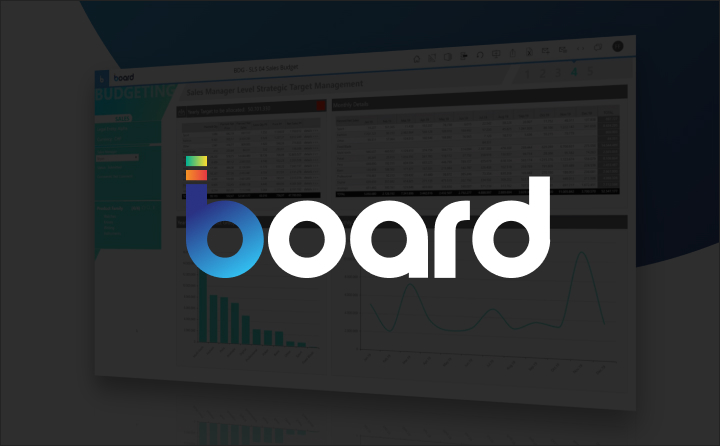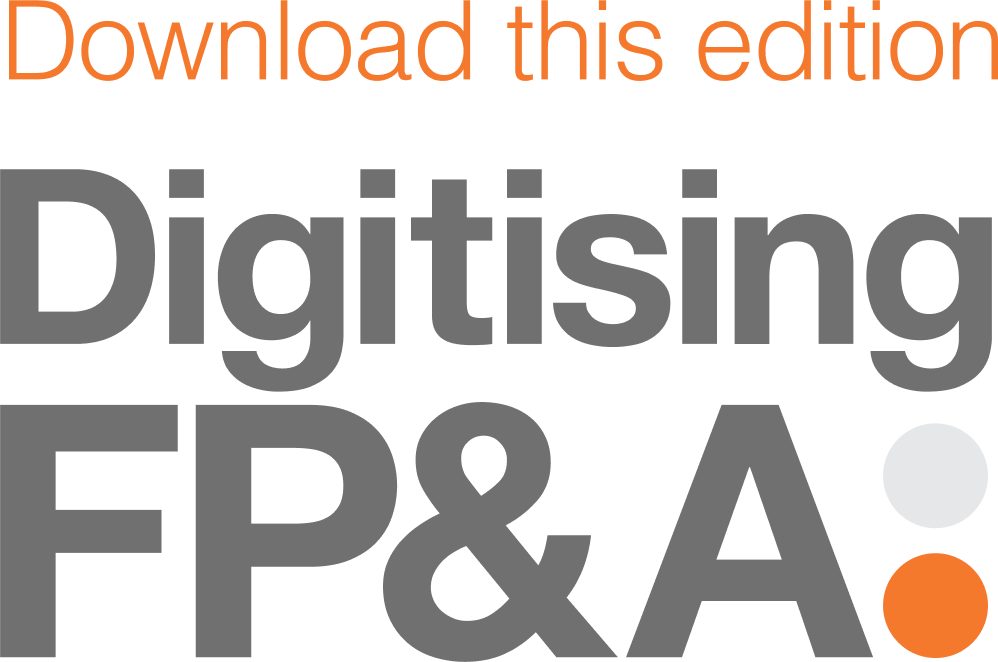Most businesses operate multiple Supply Chains due to their operational growth, resulting in a need for creative initiatives and improved planning to keep up with these supply, demand and fulfilment challenges. A spreadsheet-driven FP&A process also contributes to these growth challenges, as Finance and Supply Chains continue to operate as silos limiting the ability to accurately plan and forecast based on key business drivers. Therefore, aligning Supply Chain planning with Finance is one of the best solutions to facilitate better and more responsive decisions.
However, aligning Finance and Supply Chain is not an easy task due to different communication styles between the departments and goal setting criteria. Therefore, to improve alignment and plan effectively, the departments need to collaborate, understand each other’s needs and how to tackle risk and variability when achieving goals.
Intelligent Supply Chain Planning
Intelligent planning is another essential contributor to alignment. The main objective of intelligent planning is to create end-to-end visibility in resources and assets whilst matching demand and supply. Moreover, it helps reduce business tension caused by economic uncertainties including external factors (i.e., oil and container prices).
Creating Finance and Supply Chain Alignment
A better alignment in Finance and Supply Chain operations helps to bring success to any organisation.
So, how can you create Finance and Supply Chain alignment to make more informed decisions? And how can you create a Supply Chain that is resilient, efficient, responsive and agile?
Click here to read the report produced by Board International, to learn more about:
- Eliminating Supply Chain bottlenecks;
- Supply Chain excellence and what it means;
- Importance of collaborative Finance and Supply Chain planning;
- Improving collaboration in Sales and Operations Planning; and,
- Avoiding common mistakes.






